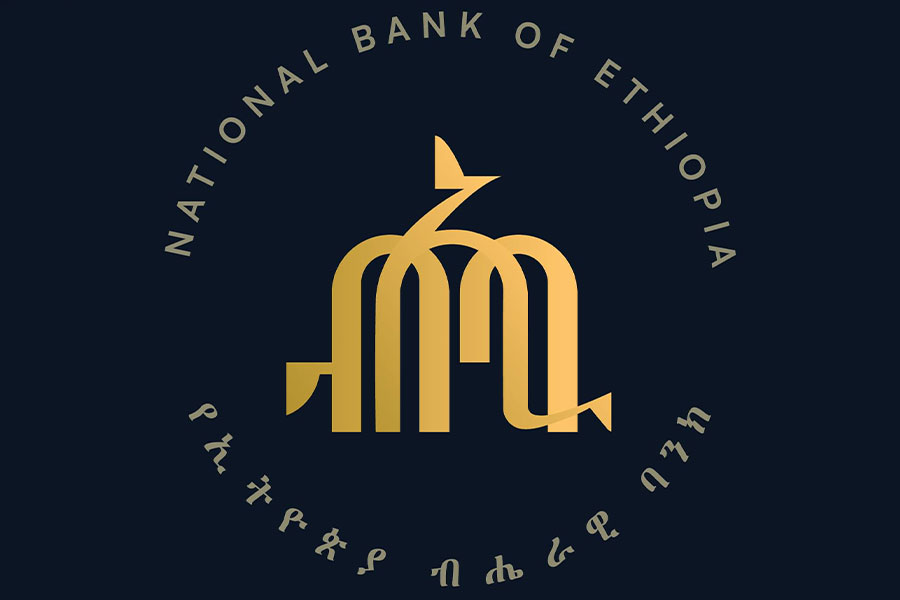According to Statista, a platform that aggregates vital data and provides future projections through advanced analytics, Ethiopia’s inflation trend is expected to decline steadily in the coming decades. Statista offers tools for data analysis, management, statistics, machine learning, and data visualisation. While the projection seems promising, the positive effects are yet to be felt.
In 2024, inflation eased compared to its 2023 peak, which was the highest since 2008, a year marked by the global financial crisis. However, the impact of inflation and the cost of living often takes much longer to reverse, especially in a country where the majority live below the poverty line.
According to a 2023 UNDP publication, based on data from the Oxford Poverty & Human Development Initiative, 68.7pc of Ethiopians are multidimensionally poor, with an additional 18.4pc on the brink of poverty. This means nearly 87pc of the population is highly vulnerable to inflation’s effects. For these groups, even minor price increases can have severe consequences.
Other macroeconomic factors, such as currency devaluation, rising fuel prices, and unemployment, further exacerbate the burden on the vast majority. Despite Ethiopia’s rapid economic growth, the benefits are diluted, and the cost of living continues to weigh heavily, especially in a country with a large, low-income population.
On a personal level, I now check menu prices before looking at meals whenever I visit a restaurant. Successive price hikes across eateries have made this a habit. With few exceptions, food prices seem to rise constantly. In Ethiopia, food costs are the primary driver of inflation, disproportionately affecting the majority who spend most of their income on food.
Even though inflation rates stabilised in 2024 and are projected to remain steady beyond 2025, the trickle-down benefits are unlikely to reach the population any time soon. For most, the pain of inflation will linger far longer than the data suggests.
The steady rise in non-food commodity prices also continues unabated, though it may not be as widely felt across all sectors of society. Costs for housing, automobiles, maintenance, spare parts, clothing, footwear, electronics, and other goods remain on an upward trajectory. Often, the pricing of these items seems unjustifiable. Imported commodities frequently cost two to three times more than in their countries of origin. Used cars, manufactured three to four decades ago and no longer in use in their home countries, are sold at exorbitant prices, with values continuing to climb even after years of service.
I often wonder what market forces justify such prices. While I am neither an economist nor deeply researched in the field, I suspect hidden hands, beyond the market’s invisible force, manipulate situations to maximise profits. In Freakonomics, a book by economist Steven Levitt and journalist Stephen J. Dubner, the authors show how fear influences consumer behaviour, often exploited by traders and middlemen through dubious tactics.
A telling example is the Sunday vegetable market in Addis Abeba. One weekend, I went to the Ayat Sunday market to buy groceries. My motivation was freshness rather than price, though I expected some savings compared to local neighbourhood shops. After purchasing tomatoes, onions, potatoes, and other items, I realised I had saved more than 50pc compared to buying from nearby stalls. Even after accounting for transportation and rental costs, the price disparity was staggering. It became clear that such inflated prices were driven more by individual greed than by market forces. Consumers are being unfairly burdened by irrational and inconsiderate traders, stripping them of their hard-earned income.
It is high time society forms strong consumer protection groups to ensure fair pricing. While Ethiopia has government legislation dating back decades to protect consumer interests, collective societal action is needed to use its bargaining power effectively. The Ethiopian Trade Competition & Consumer Protection Authority (TCCPA) serves as the main consumer watchdog. This entity comprises industry specialists, lawmakers, and market experts.
However, the effectiveness of such initiatives in curbing consumer exploitation remains uncertain. There is still a long way to go in empowering consumers to leverage their influence for fair trade. Interestingly, Ethiopia seems to have an overrepresentation of political and religious watchdogs compared to economic ones, despite the cost of living impacting every aspect of life, including politics.
To unleash the power of consumers, it is essential to educate them about their untapped bargaining potential. Currently, consumers are like a sleeping giant, doing little beyond complaining and assuming prices are imposed without their involvement. Many are unaware that they have the right to demand fair pricing and challenge exploitative schemes. However, isolated individual disputes are ineffective against an established market and skilled traders who can easily turn situations in their favour.
It is insufficient for a single agency to oversee a vast market like Ethiopia’s, with its 120 million people and its economy, now the fourth largest in Africa.
Consumer watchdogs must function as a consortium of civic groups organised by community, geography, and the types of products consumed. These groups should coordinate at municipal, regional, and national levels while working closely with the state on legislation, advocacy, and enforcement.
Once an effective platform is established, consumers could reap benefits from fair trade practices. Empowered consumers would not only create a healthier market but also benefit traders, as fair practices promote competition, trust and sustainable business. Traders, who are also consumers in other sectors, could gain from a fair system.
The state would benefit from a stable and transparent market. A fair system encourages socioeconomic development, spurs entrepreneurship, builds wealth, and strengthens trust among all stakeholders. Ultimately, such a system works fairly and equitably for everyone involved.





 Loading your updates...
Loading your updates...